Not all great ideas convert into a functional, sustainable business structure. The statistics are quite disturbing. Nearly 90% of startups fail, and no one wants to be a part of this tendency. How to start a business that will benefit target customers and won’t deplete your resources? To make sure a business idea is not just another trend bubble, you need to develop a business plan. Laying the groundwork and identifying steps in starting a business will bring you closer to your goals.
Start with brainstorming on a piece of paper. The more thoughts and ideas you write down, the better. Then create a solid business plan for your product or service and break it down into sections. We believe that the following steps to starting a business will help you turn your idea into reality.
1. Competition
Before you saw this article, your potential competitors had also asked themselves, “What do I need to start a business?” You can learn a lot from their experience. Observing your competitors on a global scale is your first step to success. Pay attention to their wins and mistakes. That will help you evaluate your idea and shape the right business model.
Competitor analysis is a method of research and evaluation of businesses operating in a particular market segment. It may give you clues to questions like when to start a business?, why to start a business?, etc.
SWOT analysis is usually used to examine a competitive landscape at the preliminary stages of market research. It is a structured planning method that evaluates the Strengths, Weaknesses, Opportunities, and Threats of a business entity, project, or idea. Strengths and weaknesses refer to internal factors. Opportunities and threats are external.
Start with analyzing your business strengths. These are points that give you a competitive advantage. For example, business location, budget, professional services capability, etc. Your weaknesses are the factors that put you at a disadvantage in front of another business owner. For instance, financial risk in your business plan, staff turnover, risky market segments, etc. Having many weaknesses does not mean that a business fails. It just means that you are aware of your downsides and can manage them effectively.
Then, move to your opportunities. Opportunities should not be confused with strengths. Strengths are the real-time resources or capacities a new business uses to succeed. Opportunities are favorable, hypothetical situations that have a high chance to occur in your business environment. Similarly, threats are potential factors that may present a challenge for your own business.
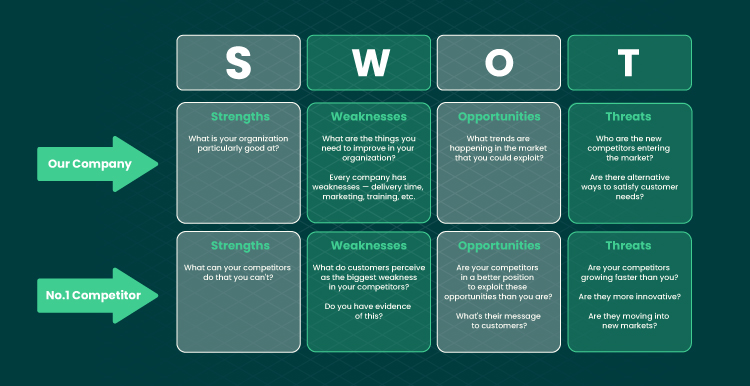
A SWOT analysis helps businesses understand how they can use their strengths to reach their opportunities and overcome threats. They also learn how to minimize the influence of their weaknesses on threats. Conducting this analysis will give you clues to the first steps to starting a business. But SWOT has some limitations. It does not prioritize the points you list; this should be done by you and your team.
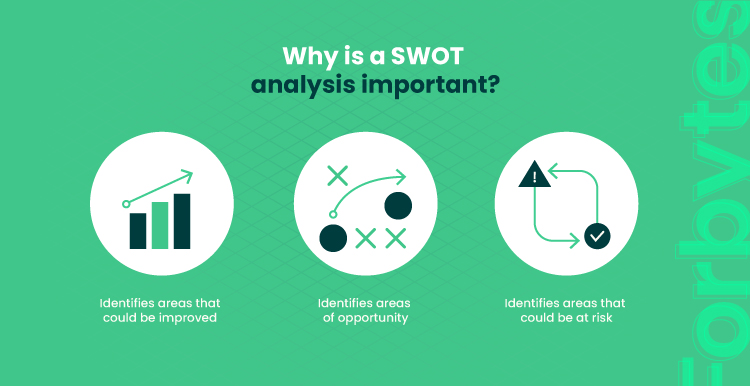
2. Target audience
If you understand the market, you get to one of the most critical stages of executing your idea. But how to start a company if you don’t know anything about your client? It’s impossible. Don’t think of your product as an interesting offer to your audience. They see dozens of the same offers daily. Think of your product as a solution to your customer pains. And you need to know what pains to solve, right?
Firstly, define who your client is. Define your target audience’s gender, age, location, occupation, etc. Conduct preliminary research on your market. It will allow you to create a picture of your buyer persona.
A buyer persona is a hypothetical character representing your ideal client. High engagement figures do not matter if you attract the wrong audience. The wrong audience doesn’t bring you money. If you want to start a small business and then scale, you need to know who your prospective client is.
Suppose that you have a design studio and aim to find more people to make an offer. You regularly reach nearly 1000 people with your social media posts. But these figures do not convert into profit. Why so? Simply because you reach random users, not your target audience.
A buyer persona offers you a detailed view of your target client. It is a kind of personal narrative that tells you a story of your audience’s interests, habits, pains, etc. The video tells you more about what buyer persona is and why you need it:
To create your buyer persona, collect data about your potential customers. Where do they live and work? What are their hobbies? Who or what affects their purchase decisions? Then segment your audience and proceed from their needs while starting a business.
If you lack data, you can interview representatives of your target audience. To validate the data, talk with your employees who closely communicate with your clients. It will give you valuable insight into your ideal customer’s needs and motivations that influence their consumer behavior. These insights will be very useful if you plan to open an online store, for example.
Here is how the information about your buyer persona may be organized:
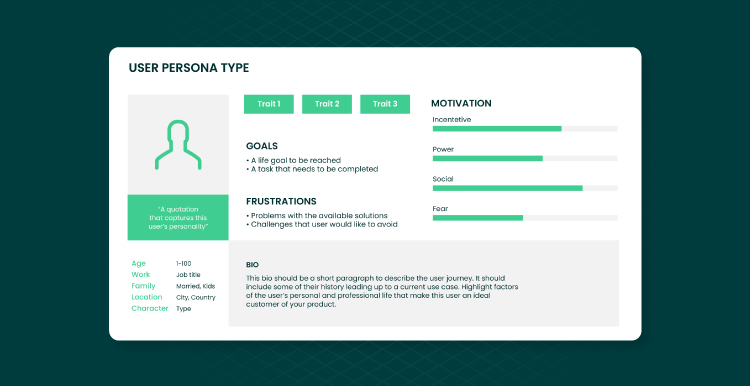
3. Map of empathy
So, what do you need to start a business? You need to know your client well. The map of empathy created by Dave Gray is another useful tool for you.
To do empathy mapping, involve your stakeholders, sales representatives, and marketing or product development specialists. Together, you will try to understand the real needs and problems of your clients and learn more about how to build a successful business.
The empathy mapping process is the most effective at the stage of product design when you already know something about your buyer persona but haven’t integrated this knowledge into conception yet. But it’s never too late to create such a map. It will also come in handy when you develop a marketing strategy and estimate marketing acquisition costs.
Empathy maps give businesses a deep understanding of their user personality. They help generate insights from prior research and increase the team’s awareness of whom they target.
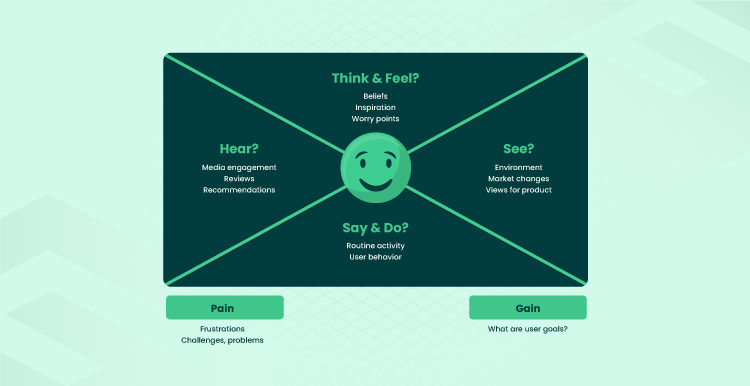
Empathy maps differ in format. Above, you can see the most common structure of this map.
To start with, put your target customer into the center and divide your sheet into 4 parts as demonstrated in the image. Plus, the sections of pain and gain are at the bottom. Provide information for each part. This will let you dive into the context under which your users live and learn more about their mindset.
Empathy maps can be adjusted to your business specifics and situations that require investigation. Sometimes, the category of think and feel is hard to explore. Nonetheless, understanding how your end-user makes decisions helps you provide an excellent client experience. It also aids the development of a product that exceeds your customer’s expectations.
4. Goals and formalities
Setting objectives is an essential part of the business planning process. Goals describe what result you want to achieve and help you find the best way to succeed.
Set SMART goals. SMART stands for:
- Specific;
- Measurable;
- Attainable;
- Relevant;
- Time-Based.
When your goal is specific and time-based, it eases the planning process. When your goal is measurable and attainable, your team is engaged and on track. Lastly, when your goal is relevant, you know that there are high chances of monetizing it.
Do not forget about all the formalities. Formalities are important not only for a brick-and-mortar business. Online businesses should also have a business license and operate legally. Registering a business name and getting business insurance are steps needed to comply with the federal government or state requirements.
You need to open a business bank account and get a business credit card to keep business and personal finances separate. It’s important to choose the right legal structure as well. For example, if you plan to open an online store, you can register your business as a sole proprietorship. Also, don’t forget about the employer identification number that later will be needed for tax reporting.
5. Team
Three core processes of business execution include people, strategy, and operations.
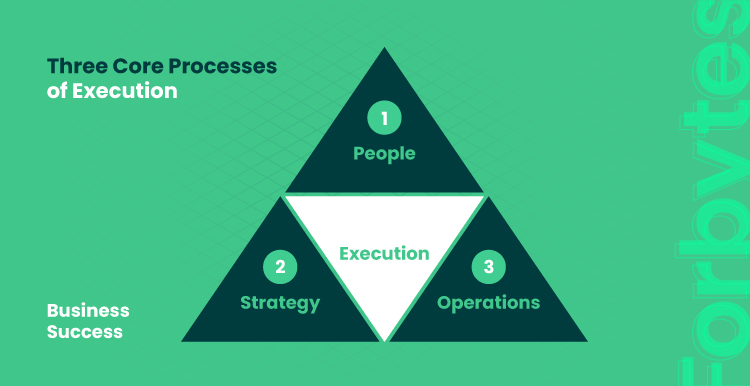
Knowing how to start a business is worth nothing without people. A well-chosen team is essential to any organization’s success. People are the ones who react to the target market changes. People create strategies and translate these strategies into the real world. A project is much more likely to perform well when people who work on it are moving towards a shared purpose. Good teamwork creates synergy. It’s when the joint effort of a team is greater than the sum of individual efforts.
To assemble an effective team and hire employees for the right roles, outline the qualities you want to see in your future teammates. Your candidates need to have the right soft skills and hard skills. Hard skills are the teachable competencies needed to perform work duties well. Soft skills are personal traits that play a big role in teamwork and risk management. When choosing a candidate, pay attention to both soft and hard skills. Test their conflict-solving abilities and make sure that their values fit into your organization’s culture.
If you have an online team, you save money on office space maintenance. But it doesn’t mean that your employee’s work day can be left to chance. You have to set a productive work environment, offer health insurance, and provide your team with everything needed for them to do a great job.
6. Stakeholders
In the first steps of starting a company, you will probably need to involve stakeholders. Let’s start with the ways to find a business partner and convince investors that your idea is worth considering.
Finding investors
Making key financial decisions is a challenging task. If you are on a tight budget, try to find stakeholders who will be ready to support you. You can look for investors online or approach local entrepreneurs and established business owners. Local events where successful businesses meet may be a place where you can get tips on how to set up a business in terms of finances. Connections with small business owners can also give you a direction for finding investors.
When you see people getting interested in your idea, pitch it in an engaging way. While pitching, present information transparently and consistently. If you plan to get a business loan, you need to prove yourself to be a trustworthy and dedicated person. Use a format of presentation where you make an executive summary of your goals, startup costs, and prospects. You can find many templates of such presentations online.
It’s important to remember that business communication styles and work ethics differ from region to region. If you are in the search of the best country to target, consider the top 3 list. There are many investors in these countries who eagerly support small businesses if they prove the viability of their business model.
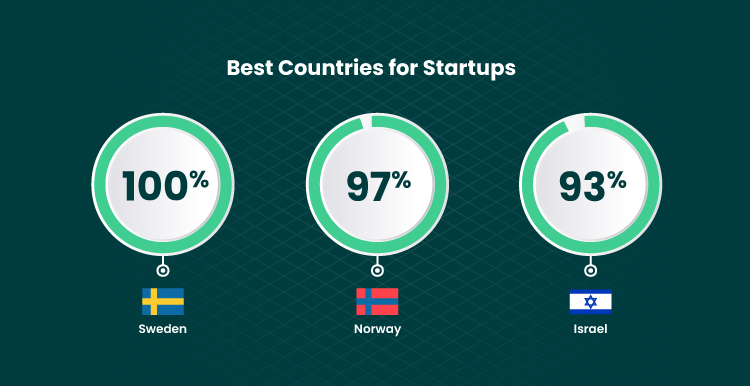
A successful business requires a lot of marketing and promotion effort. When seeking funding online, investigate the websites that connect startuppers with investors. Start with LinkedIn and Reddit to set the connection with the right people. Generate content related to your idea and share it on your business page. You can even become a content contributor for a recognized online source in order to grow your marketing communications. Also, you can launch the ads campaign with your company description and goals in business magazines or news portals.
Choosing the right partners
Nowadays, being present online is a must for small businesses that want to raise money and scale. Before opening a business, you need to have a growth strategy for your business account on social media channels.
Apart from this, you will need a website or app representing your business. You can hire a software development team that will help you build a solid brand identity in digital. A great idea is to outsource because it’s affordable and convenient. If you choose this type of cooperation, you should know the difference between dedicated teams and staff augmentation to opt for the method that suits your business the most.
While looking for a partner, consider what types of products the team specializes in. Check client reviews and explore a company’s portfolio to evaluate the expertise of a partner. And if you do not know for sure what kind of product your users expect to get, start with an IT consultation. Digital consultants will study your idea and help you build a consistent and engaging strategy for setting up a business online.
Summing It Up
This article gives you guidelines on how to open a business. Starting from scratch is always challenging and risky. But if you have a clear business plan, you see the direction of how to set up a company. Many business owners underestimate the planning stage. However, writing down your plan forces you to think it through and helps to build a solid business structure.
Let’s sum it up. Before opening a business:
- Conduct market research on your competitors and your target audience.
- Create an empathy map and set SMART goals.
- Comply with formalities and get the right staff on board.
- Find stakeholders interested in your product.
You can put our steps to start a business into a checklist to go through. It will help you not to miss anything vital and offer services/products that attract your prospective clients.
And if you need help with your online business, do not hesitate to contact us. Our skilled developers have a proven track record of delivering results.

Our Engineers
Can Help
Are you ready to discover all benefits of running a business in the digital era?

Our Engineers
Can Help
Are you ready to discover all benefits of running a business in the digital era?









